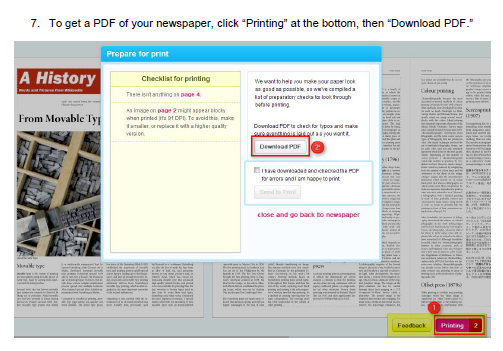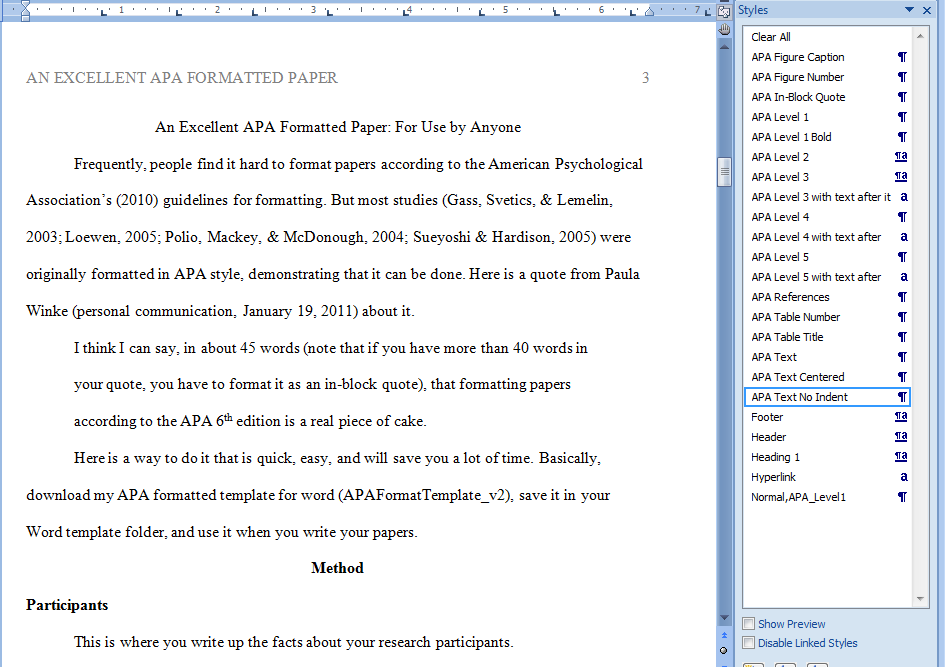Multimedia learning object from pedagogical grammar course
Time to show off a little. You can check out one of the multimedia learning objects, aka interactive presentations, from a course that I developed and taught between 8/2012 and 6/2013. The topic was pedagogical grammar for undergraduate pre-service teachers of English as a second language.
If you really really like it and want to see more, get in touch, and I’ll give you the login information to see the rest of the course.
Using corpora and CALL tools in the ESL classroom
Today, I’m teaching a class for MA TESOL students on using corpus tools and CALL tools in the language classroom. Here is a list of links that may be useful:
CALL tools
CLEAR’s Rich Internet Applications
Corpus tools
Corpus of Contemporary American English
Suggestions for how to use corpora for teaching
Web 2.0 how-tos and other useful CALL links
I had the privilege of teaching CALL to ESL teachers from around the world during the past two weeks. My main role was to show them some tech tools that would be useful for the projects that they had to complete by the end of the program. One of the challenges in selecting the tools was that not all of the teachers have Internet access in their classrooms. So, I attempted to provide at least one online and one offline option for each project. In the process, I not only introduced the tools and helped the teachers use them, but I also created quite a few how-to guides as PDFs for the tools. The shelf-life of these how-to guides is limited, given how quickly web tools change, so I wanted to get these out where other people can benefit from them before they expire. Below, I’ve included the how-to guides as well as links to other useful information. All information below is valid as of the date of posting!
[Update, August 5, 2013: I’m using this list with a group of teachers from China today, and the links highlighted in blue below are blocked in Beijing, according to Great Firewall of China. This information may not apply to other locations in China!]
List of Web 2.0 tools for CALL – the Diigo bookmark site that Susan Pennestri and I curate
Marcelo Andrade’s English Phonetics wiki – the website of one of the participants in the program!
Blogging (online only)
WordPress.com is good for making websites that include a blog. However, it is not ideal if you want to embed various media.
Blogger – PDF how-to – PDF of how to embed in Blogger
Blogger is a blog only, not a website. However, it is much easier to use than WordPress if you want to embed various media.
Video blogging/sharing/editing
YouTube (online) – PDF of how-to use the YouTube video editor
Movie Maker (Windows) – PDF how-to
iSpring Free (PowerPoint to Flash/HTML converter for Windows)
Zamzar file conversion (online)
Download YouTube/other videos (online only; all require Java applet)
Voobys – follow the instructions for downloading
Time capsules (online)
Prezi – How to embed a Prezi into a WordPress.com blog
Newspapers
Newspaper Club (online) – PDF how-to
newspapertemplate.net has Word templates for making newspapers.
You can also use the newsletter templates included in Microsoft Word and Publisher.
Facebook profiles/walls/pages
Create a Facebook page (NOT a fake one) – PDF how-to
The Wall Machine (online tool)
Another Google Docs template (online)
Text annotations (online)
Gloss Maker (HTML skills required)
Podcasts
Book reviews (online)
CLEAR’s Rich Internet Applications
PDF how-to for Audio Dropboxes
Other
Wix – create a website – PDF how-to
Lingt Classroom – create online listening and speaking exercises – PDF how-to
Dropbox – secure online file storage that you can share with students
Google Drive Forms – Create surveys and quizzes – PDF how-to
PDF of how to use Flubaroo to automatically grade quizzes in Google Drive Forms
Gnowledge – Create quizzes and tests – How-to videos – PDF how-to
Wikispaces – Create a wiki – PDF how-to
Formatting APA papers
I need to write a lot of papers in APA format–that’s because I’m a grad student. And every time I do, I am so very grateful for the Word template that Dr. Paula Winke has made available. Not only is it set up with styles that you can apply to your paper, it also has all of the standard headings that you will need. And dummy text that tells you basically what to write in each section. If you need to write APA-formatted papers, especially if you are in applied linguistics, go get it and make your life easier, too!
Learning to write for Facebook
This post accompanies an in-class teaching presentation that I will give on 10/3 in my second language writing class.
Writing for Facebook
Use The Wall Machine to teach Facebook-style written communication.
Examples
After showing students some examples, try the following instructions:
- Your friend posts the following on your wall:
“Are you busy on Friday?”
Respond to your friend appropriately, and continue the conversation on your wall. - Construct a wall that represents content read in class or something in the news (e.g., the American presidential elections, the latest device from Apple or Samsung).
- Think of a conversation that you had in your L1 on your Facebook wall. Try to recreate it as best you can in the target language.
Variations:
- Students work alone, in pairs, or small groups.
- After they have made their own and understood how the walls work, have students reorder posts to make them chronological.
Note that the instructor and other students can read the walls and comment. Assess student work based on the content, grammar, pragmatics (e.g., language appropriate for Facebook), and ease of understanding transitions from one comment to the next.
Pros:
- Good for foreign language classroom, low-proficiency second-language classroom.
- Gives students a safe place to practice Facebook-appropriate writing in the target language.
- Novel and lends itself to humor.
- Teacher and students can comment on walls.
Cons:
- Requires a real Facebook account to use.
- Can post to your status without asking, so you might want to go into Facebook and delete what it posts.
- Not exactly authentic writing.
Tips:
- Create a new Facebook account that you and the students use just for creating these walls. This will avoid unwanted posts to your personal Facebook account.
Publication of MSU Working Papers in SLS
The editorial staff is pleased to announce the publication of the third issue of the MSU Working Papers in SLS. It is available online, and you can download a PDF of the entire issue. Below is a copy of the introduction. If you have any questions or comments, please email one of the co-editors, Scott (sterli27@msu.edu) or Betsy (betsy@msu.edu).
Dear Reader,
On behalf of the editorial team, we invite you to read the third issue of the MSU Working Papers in Second Language Studies, an open access publication. “Open access” means that all content is distributed freely online and is available to be read and enjoyed by everyone.
Before introducing the articles in this issue, we would like to briefly explain the process and purpose of the Working Papers. Ever since the inaugural issue, which was published in 2009, the Working Papers have been organized, written, reviewed, selected, proofread, and edited by volunteers affiliated with the Second Language Studies and TESOL programs at Michigan State University. The purpose is not to publish polished research articles but to provide a forum for students to publish high quality works in progress, book and software reviews, research proposals, and interviews with established researchers.
In this issue of the Working Papers, we are proud to include three interviews conducted by students in the Second Language Studies program. Each interview is with a distinguished researcher in our field. Betsy Lavolette discusses computer-assisted language learning with Dr. Julie Sykes, Le Anne Spino welcomes Dr. Bill Van Patten to MSU, and Yeon Heo talks shop with Dr. Rod Ellis. This issue also contains two research articles. The first, by Kelly Chen, attempts to show how native English speakers and Chinese ESL learners respond differently to compliments. The second, by Ayman Mohamed, is a mixed-methods investigation of incidental vocabulary learning in English conversation classes.
This issue includes one book review: Yunson Shin reviews Talk Time student book 2: Everyday English Conversation, by Susan Stempleski.
Because the Working Papers is intended to show works in progress, we accepted two proposals this year. It is our hopes that after reading these proposals that you will send any helpful comments to the authors. Magdaleen Corne Lotter proposes a qualitative study of the role of reading and writing skills in the development of oral proficiency of young learners of English in Taiwan. Next, Hyojung Lim and Young-Shin Kwon show the amount of effort that goes into making and testing a test.
Finally, in addition to the contributors to this issue, we would like to thank the volunteer copy editors and section editors. Their names are listed below. We are also indebted to the reviewers who provided valuable feedback on drafts of the articles, but who will remain anonymous. We also received invaluable support from Dr. Susan Gass and the rest of the SLS department, Russ Werner, who provided tech support for the Working Papers website, and SOSLAP, who for put out multiple call for papers and volunteers. Without the help of these tireless volunteers, the Working Papers would not be possible.
All of the following volunteers are MSU students, graduates, and alumni.
Copy editors:
Laura Ballard
Frances Lamielle
Ayman Mohamed
Ji-Hyun Park
Le Anne Spino
Jamie Thomas
Cristen Vernon
Section editors:
Wen-Hsin (Kelly) Chen
Solène Inceoglu
Hyo Jung Lim
Le Anne Spino
We hope you enjoy reading the 2012 edition of the MSU Working Papers in Second Language Studies.
Elizabeth (Betsy) Lavolette (betsy@msu.edu)
Scott Sterling (sterli27@msu.edu)
Co-Editors
Seeking native Japanese speakers for (paid!) linguistic experiment in SF Bay Area
I’ll be in the San Francisco Bay Area from 8/22 to 8/26, and I’ll be collecting data for a linguistic experiment that examines how native speakers of Japanese read in English. Can you participate in the experiment? Or do you know someone else who can? Please help me spread the word!
Here is the information for potential participants. You are:
- 18 years old or older
- a native speaker of Japanese
- able to read English
In the experiment, you will see letters on a computer screen and press a key to indicate if it is a real English word or not. Then, you will fill out a series of questionnaires.
The whole experiment takes about 45 minutes, and I will pay you $10.
A quiet space such as a library or a quiet cafe is the best place to do the experiment, and I will find a place that is convenient for you.
Please contact me, Betsy Lavolette, betsylavolette@hotmail.com, 650-204-8642 (voice or text), for more details or to set up a time to participate. I’ll be available to do the experiment from 8/22 to 8/26, but you can contact me now to set up a time!
Thank you very much for your time!
[Edit, 8/28/2012: Thanks to everyone who made my trip a great success! I am back home now, so I’m closing comments on this post.]
Reading in Japanese on the iPhone
Somehow I missed it until recently, but did you know that your iPhone has a built-in dictionary? And even more interesting for language learners (at the intermediate level and above), the dictionary is in the language of your OS! So, because I have my iPhone set to Japanese, my dictionary is also in Japanese. Here’s how to do it:
- Set your OS language to Japanese (or whatever language you’re learning).
- Read a webpage in the mobile Safari web browser (such as a free book from 青空文庫).
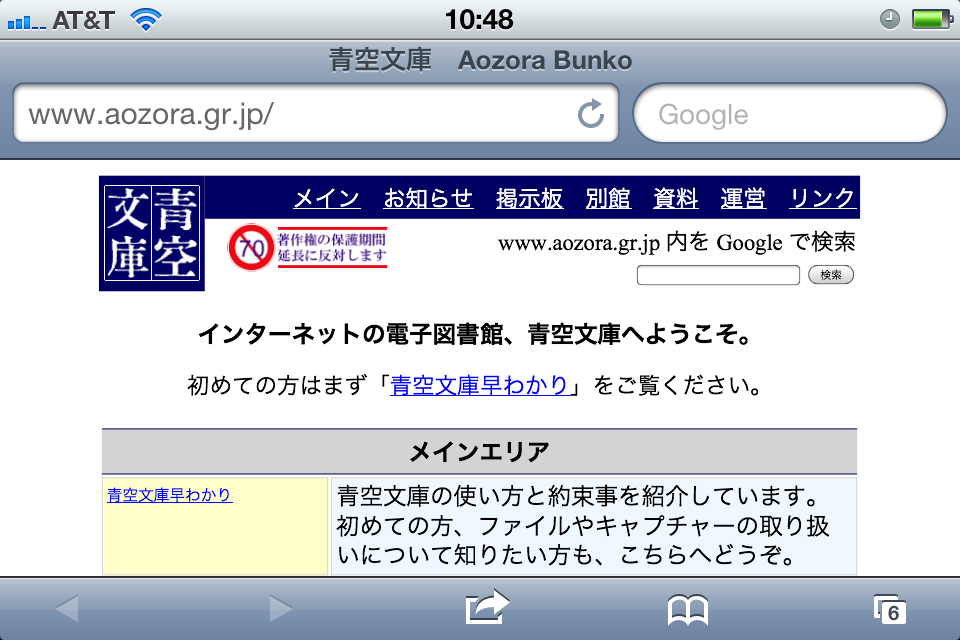
- Touch and hold a word that you want defined. Then touch 辞書 (or the word for “dictionary” in your language).

- View the pronunciation and definition, then go directly back to the webpage when you are ready.
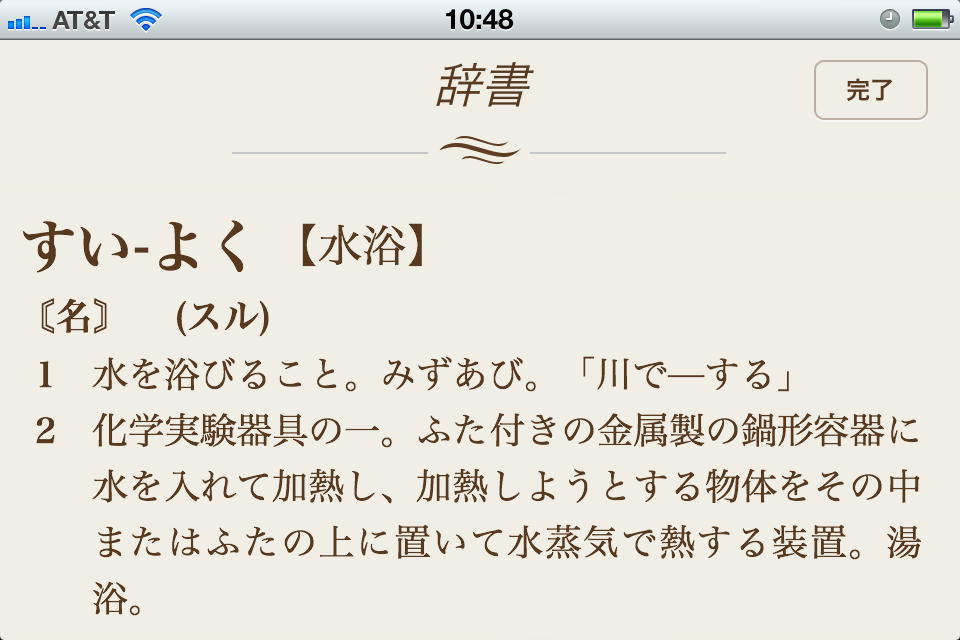
- Bonus! You can even practice your second language when looking up English words.
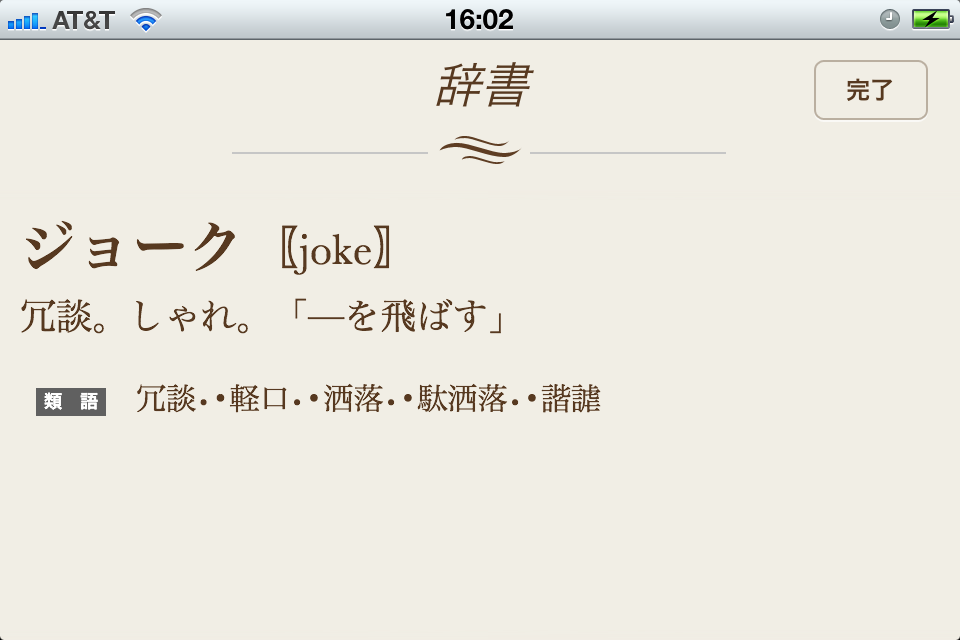
What do you think? Useful for you or your students? Let me know if you try it out!
2011, the year that I traveled
2011 is best summed up by looking back on all of the places I traveled over the past 12 months. I’ve never had a year with so many opportunities to travel or spent so much time in airports! Here’s hoping that 2012 will have as many wonderful adventures in store. It’s been a great year!
January
Home: South Bend, IN (it already seems so long ago!)
Chicago
San Francisco
February
Tokyo (on business for YKS Services. Website created by moi, by the way.)
San Francisco
March
Madison, WI (visited the University of Wisconsin)
Ames, IA (visited Iowa State University)
East Lansing, MI (visited Michigan State University)
Tucson, AZ (visited the University of Arizona)
June
Chicago
July
Rome
Florence
Venice
August
Moved to East Lansing, MI (yes, I choose Michigan State! Excellent decision!)
Columbus, OH (for the CenterFold Convention)
Nashville, TN
September
Washington, DC (on business for ACTFL)
October
Ames, IA (for the Second Language Research Forum)
November
Denver, CO (for the ACTFL Convention)
December
White Plains, NY (on business for ACTFL)
Helpful giant squid
The only thing inspiring me to finish my final papers is creating Internet memes.


